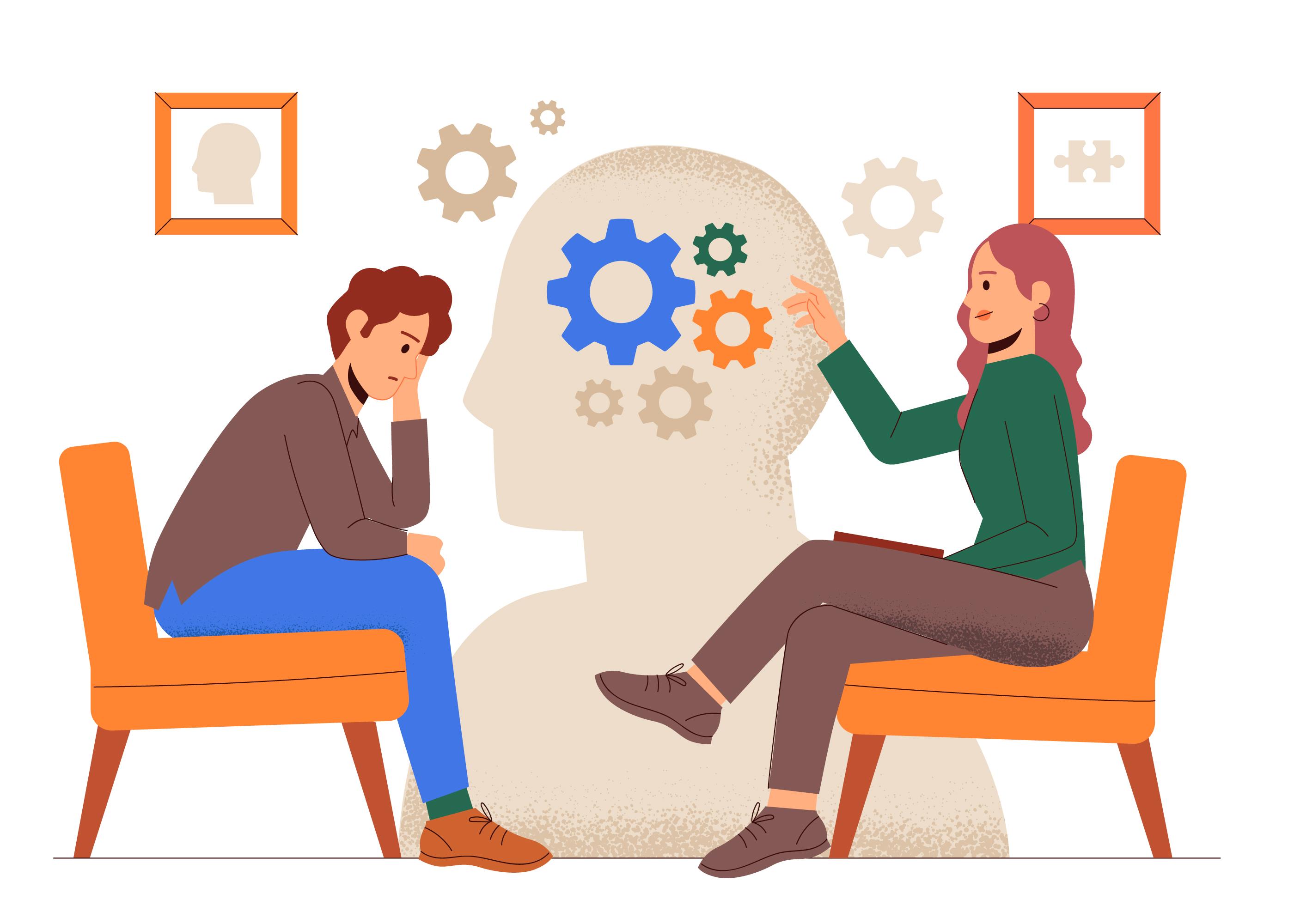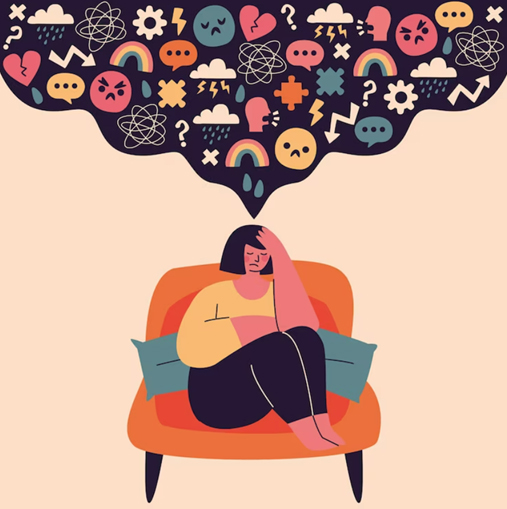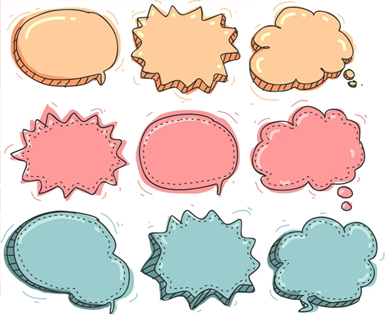
Thoughts and feelings
Navigating the Maze of Thoughts and Feelings
In the complex landscape of our minds, thoughts and feelings are like constant companions, shaping how we experience and respond to the world. Let's delve into the intricacies of these two aspects, understanding their nature, differences, and how they impact our daily lives.
Understanding Thoughts: The Mind's Inner Voice
Thoughts are like the mind's inner voice, a continuous stream of words, images, and ideas. They're the mental chatter that shapes our perception and understanding of the world around us. Think of thoughts as the storytellers in our minds, creating narratives based on our experiences, beliefs, and the information we've gathered over time.
Research suggests that thoughts often drive our emotions. It's like a constant conversation happening within us, influencing how we see and react to different situations.
Exploring Feelings: The Heart's Response
Feelings, on the other hand, are the heart's response to our thoughts. They're the emotions that well up within us based on what we're thinking about. When you think of something happy, feelings of joy or excitement arise. Similarly, if you're dwelling on a worry, feelings of anxiety or sadness might surface.
Research in psychology emphasizes the importance of recognizing and understanding our feelings. Just as thoughts can shape emotions, our emotions can also influence our thoughts. It's a dynamic interplay where one often leads to the other. Learning to navigate this interplay can significantly impact our overall well-being.
Distinguishing Thoughts from Feelings
While thoughts and feelings are closely connected, they have distinct qualities. Thoughts involve cognitive processes like reasoning, analyzing, and interpreting information. They're like the words in a book – the building blocks of our inner stories. On the other hand, feelings are the emotional responses to these stories. They're the moods and sentiments that color our experiences.
Consider a simple example: if you think about a fun day at the beach, the thought is the mental image of the beach day, and the feeling is the joy or happiness associated with that memory. The thought triggers the emotion, illustrating the connection between the two.
Understanding this distinction is essential for our emotional intelligence. Psychologists often highlight the role of our thoughts in shaping our emotional experiences. By becoming aware of our thoughts and how they contribute to our feelings, we gain better control over our emotional responses.






